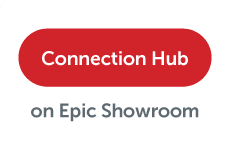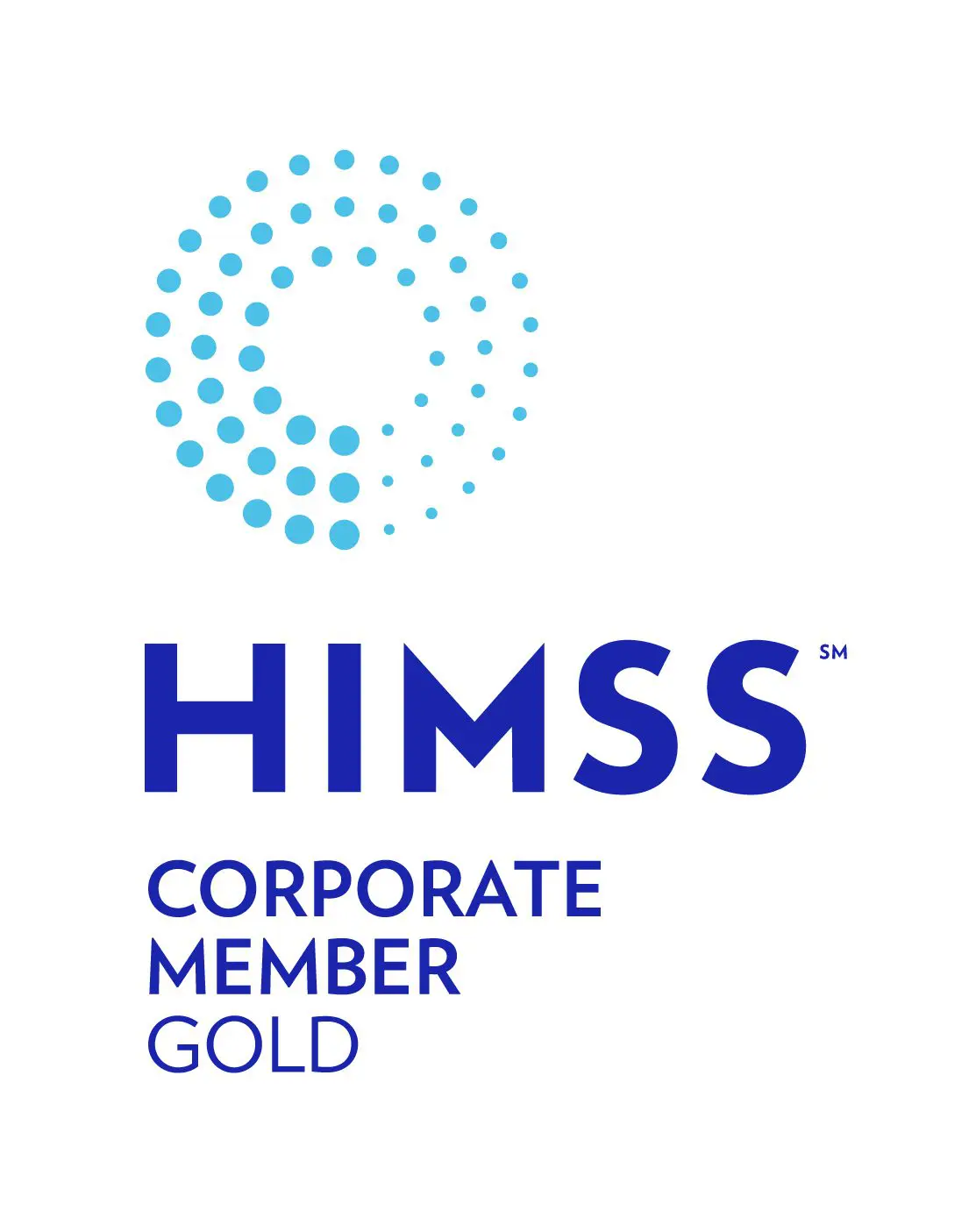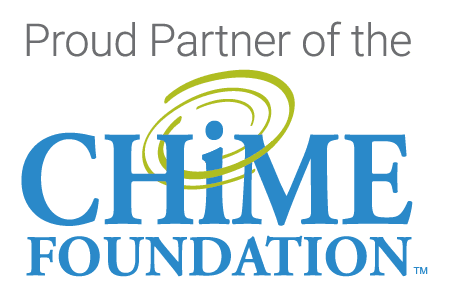Researchers Todd Gilmer and Richard Kronick from the University of California, San Diego (UCSD) released a new study indicating that the number of uninsured Americans could rise to 52 million by 2010. That’s up from 45.7 million uninsured Americans in 2007 as reported by an HFMA educational report.
What does this mean for your practice? When you marry-up this latest stat with the nationwide rise in Health Savings Accounts and high deductible insurance plans, it means that you can count on seeing even more “patient pays” at the checkout window.
How can rising “patient pays” affect your bottom line? Unless you become diligent about checking eligibility prior to appointments, collecting at the time of service and optimizing your post-visit collections process, the increase in patient responsibility for payment could show up as ballooning bad debt for your practice. From 1995 to 2005, unpaid medical bills nationwide increased by $10.5 million. From 2005 to 2015, it’s projected to increase by an addition $22 million.
How can Harmony HIT help you collect patient-owed balances? To avoid ballooning bad debt expenses from increased patient pays, medical practices must now institute proper collections practices and strengthened internal controls. Harmony HIT can give you tips on how to enhance cash collections and internal controls. Contact us today to sit-in on one of our comprehensive revenue cycle management seminars and/or to schedule a one-on-one consultation to review your revenue cycle management work flow.






